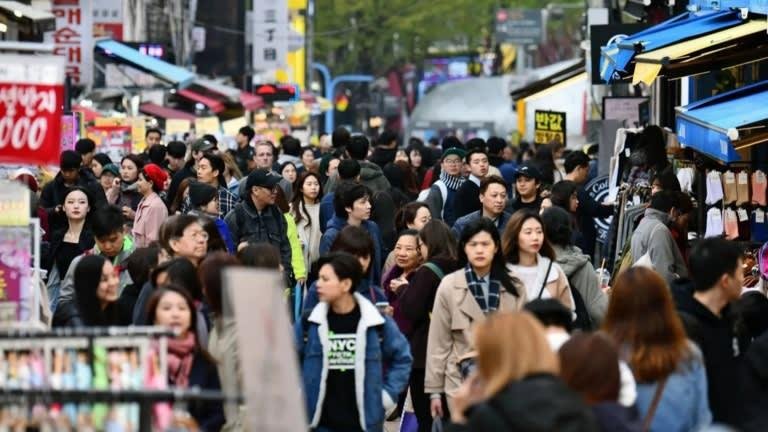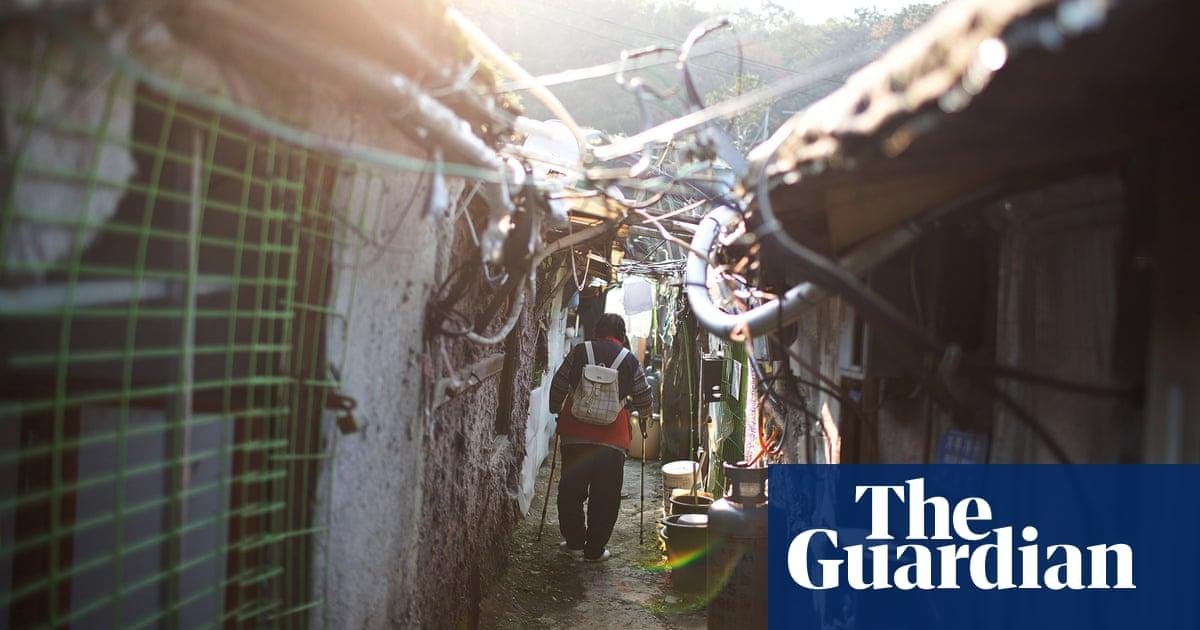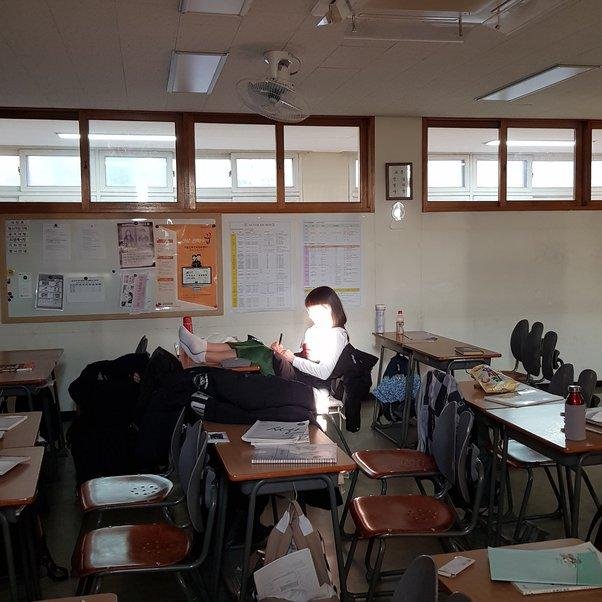Burning: A Haunting Exploration of Obsession and Class Divide in Modern South Korea
Get ready to dive deep into the complex social structure of modern South Korea in Lee Chang-dong’s latest cinematic masterpiece, Burning. This haunting exploration of obsession and class divide has been making waves throughout the festival circuit, and for good reason. The film sheds light on the stark differences between the haves and have-nots in South Korea, and the dire consequences that can arise from these societal divisions. Join me as we delve into the intricate layers of Burning and uncover its powerful message about the state of class divide in modern-day South Korea.
Get ready to dive deep into the complex social structure of modern South Korea in Lee Chang-dong’s latest cinematic masterpiece, Burning. This haunting exploration of obsession and class divide has been making waves throughout the festival circuit, and for good reason. The film sheds light on the stark differences between the haves and have-nots in South Korea, and the dire consequences that can arise from these societal divisions. Join me as we delve into the intricate layers of Burning and uncover its powerful message about the state of class divide in modern-day South Korea.

Introduction
In this article, we’ll be examining the complex issue of class divide in modern South Korea. While the country has made remarkable strides in economic development over the past few decades, there are still vast disparities in wealth and opportunity that seriously impact the lives of millions of people. We’ll be taking a closer look at how this issue affects the world of cinema, movies, and actors in South Korea, and exploring ways in which the industry is responding to these challenges. Using both data and anecdotal evidence, we’ll be painting a picture of this critical issue and its ongoing impact on the lives of South Koreans.
Historical Context
To understand the current class divide in modern South Korea, one must first examine its historical context. Following the Korean War, the country underwent rapid industrialization and modernization, leading to a significant increase in economic growth and social mobility. However, this growth was not without its consequences, as it also resulted in the widening of economic disparities between the rich and the poor. This divide is reflected in the film industry, with movies often highlighting the struggles of working-class individuals in a society dominated by corporate elites. By exploring the historical context of class divisions in South Korea, we can gain a deeper understanding of the themes and messages conveyed through contemporary Korean cinema.
The Rise of the Chaebols
The rise of the Chaebols, the large family-owned conglomerates in South Korea, has been a significant factor in the class divide in modern South Korea. These Chaebols, such as Samsung, LG, and Hyundai, have grown to become some of the world’s largest and most successful companies. However, their success has also resulted in a widening gap between the rich and poor in South Korea. This divide has also impacted the cinema industry, as the Chaebols have a significant influence on the funding and distribution of South Korean films. As a result, many independent filmmakers struggle to gain access to necessary resources, further exacerbating the class divide.

The Education System
In modern South Korea, the education system has become a major factor contributing to the class divide. The focus on academics and high-stakes testing has put immense pressure on students, leading to a culture of cramming and intense competition. Private tutoring and elite schools have become the norm for those who can afford it, while the less privileged struggle to keep up. This has led to a disparity in opportunities and income, with those from wealthy families having a much greater chance of success. The film industry has often portrayed these issues in movies and highlighted the impact of the education system on society.
The Labor Market
The labor market plays a significant role in the class divide of modern South Korea, especially in the entertainment industry. The highly competitive nature of the industry creates a divide between those who have easy access to opportunities and those who don’t. As a result, aspiring actors often have to rely on connections or work multiple part-time jobs to make ends meet. This economic disparity can limit the diversity of perspectives and experiences in cinema and movies, perpetuating certain stereotypes and excluding marginalized voices. Therefore, addressing the labor market’s issues is crucial in promoting a more inclusive and equitable entertainment industry in South Korea.
Housing Inequality
Although my focus is typically on cinema, movies, and actors, it’s important to address the issue of housing inequality in modern South Korea, especially when discussing class divide. The gap between the rich and poor has led to a situation where many low-income families are forced to live in cramped, unsanitary conditions while the wealthy enjoy luxurious apartments and homes. This inequality has a ripple effect on all aspects of society, including the entertainment industry, as it limits opportunities for aspiring actors and filmmakers from lower socioeconomic backgrounds. It’s crucial that we address this issue and work towards a more equal society, both on and off the big screen.

Healthcare Inequality
While this topic may seem out of place in a cinema, movies, and actors blog, it is important to acknowledge the class divide in modern South Korea, particularly when it comes to healthcare inequality. In recent years, the country has experienced a rise in income inequality and a growing disparity between the rich and the poor. This has resulted in a healthcare system that favors wealthier individuals who can afford better medical care, while low-income individuals struggle to access basic health services. It is crucial for society to address this issue in order to ensure that everyone has equal access to healthcare regardless of their socioeconomic status.
Regional Disparities
In modern South Korea, there is a clear class divide when it comes to cinema, movies and actors. Regional disparities are also a significant factor in this divide. The film industry is mainly based in Seoul, with the majority of cinemas and production companies located in the capital. This means that actors and filmmakers from other regions may struggle to break into the industry and gain recognition. Additionally, audiences from different regions may have varying tastes and preferences, leading to differences in box office success and critical acclaim. These regional disparities highlight the need for greater diversity and inclusivity in the South Korean film industry.
The Role of the Government
In modern South Korea, the role of the government in addressing class divide is crucial. The South Korean film industry has been thriving in recent years, yet it is not without criticism. Many argue that the industry caters largely to the upper and middle classes, perpetuating the divide. Therefore, it is important for the government to take an active role in promoting diversity and inclusivity in the film industry. This could be achieved through policies that encourage the funding of independent and diverse films, as well as initiatives that provide greater access to filmmaking resources for underrepresented communities. By taking these steps, the government can help bridge the gap and create a more equitable film industry in South Korea.
Conclusion
In conclusion, the class divide in modern South Korea is a recurring theme in many Korean movies. The films portray the struggles of people from lower social classes, their aspirations and their dreams of escaping poverty. From the tense and action-packed thriller, “Parasite” to the heartwarming drama, “Miracle in Cell No. 7”, Korean cinema has been highlighting the harsh realities of society for many years. Through their vivid storytelling and excellent cinematography, Korean filmmakers have managed to capture the attention of audiences all over the world. However, with the rise of Korean cinema, it is hopeful that these films will inspire change and encourage dialogue about the social issues that persist in modern-day South Korea.
For more information about Class divide in modern South Korea, including movie details, cast information, etc..
check out the filmaffinity page.



